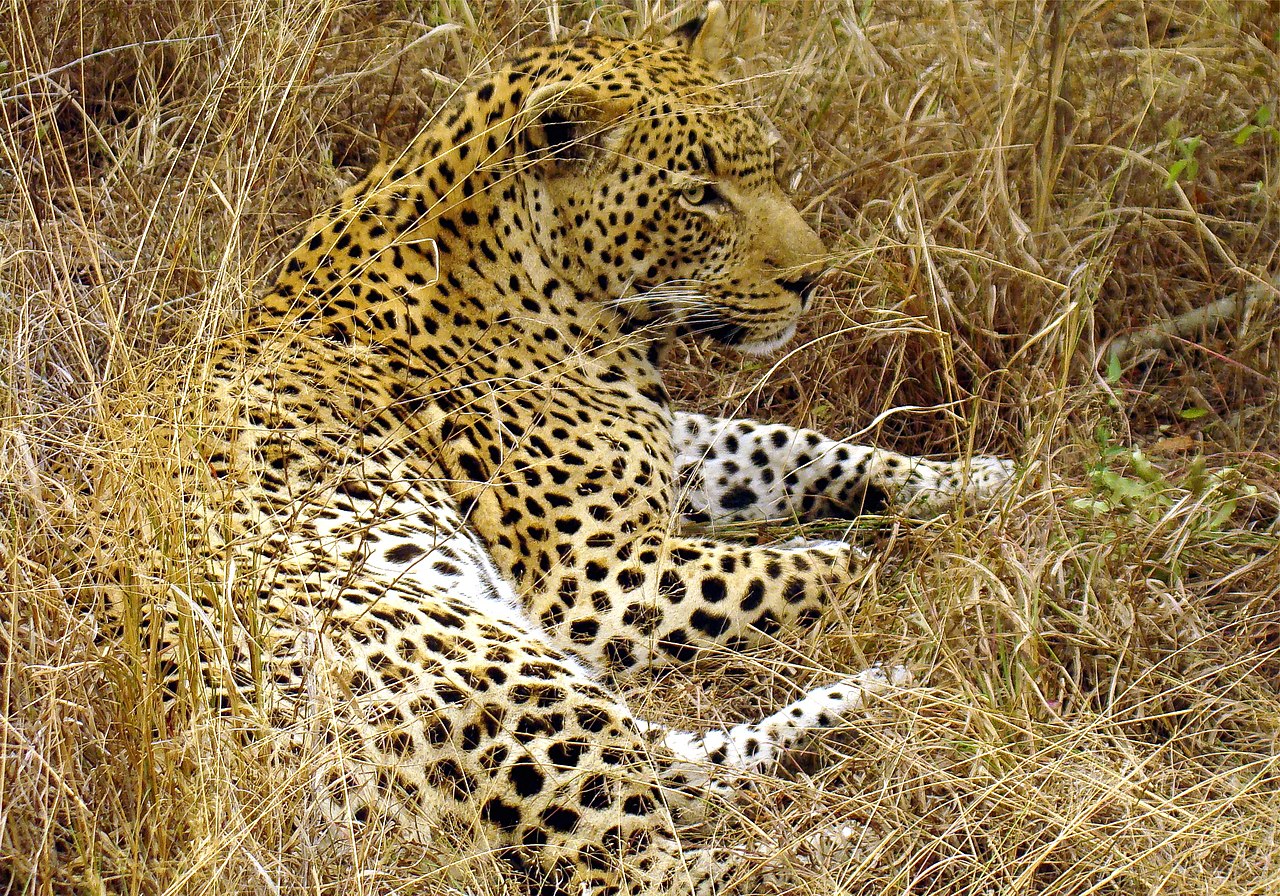 |
| https://upload.wikimedia.org/wikipedia/commons/thumb/7/7a/Great_male_Leopard_in_South_Afrika-JD.JPG/1280px-Great_male_Leopard_in_South_Afrika-JD.JPG |
Summary
In order for organisms to reproduce, they adopt certain traits and characteristics they help them survive in their habitats. These can include a striped coat for camouflage from predators or maybe a long, thin beak that allows them to collect pollen. The fennec fox, for example has giant ears that help keep them cool. The ears provide more surface area for the fox to spread it's body heat around. In addition to this, the fennec fox has thick sandy colored fur. The fur serves many purposes. It reflects heat, keeps the fox warm during cold nights and grows on the paws of their feet to prevent their feet from getting burned by hot desert sand. When a new species is created, they have to be able to survive by having certain adaptations.
SP2 Developing and Using Models
I developed models this week when I started to map out and draw my groups designer species. My group first brainstormed ideas. Then we drew a rough sketch of our first model that included all of the characteristics we wanted in our organism. Finally, we began to finalize our ideas which we wrapped up with an official drawing of our species. At the end of the week, we began to bring in materials that we could use to actually create our 3D model. It was important for us to develop and create our drawing models so we could visualize what we wanted our designer species to look like.
XCC: Structure and Function
Many animals and plants have certain body structures that carry out perform certain functions. For example, think of a giraffe. The structure of a giraffe includes a yellow coat of fur with brown spots. They also have an iconic long neck. All of these things serve a purpose. The "function" of the brown spots is to allow the giraffe to camouflage from a far distance. The dark and light spots mimic the shadows that is produced through leaves in a tree. The "function" of the long neck structure is to allow the giraffe to reach food high up in the trees. Again, all organisms have a structure and function in the adaptations and body.



